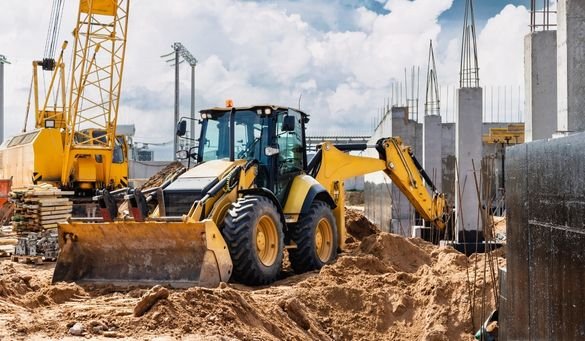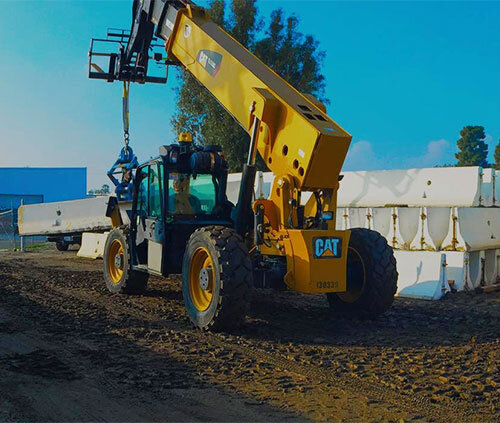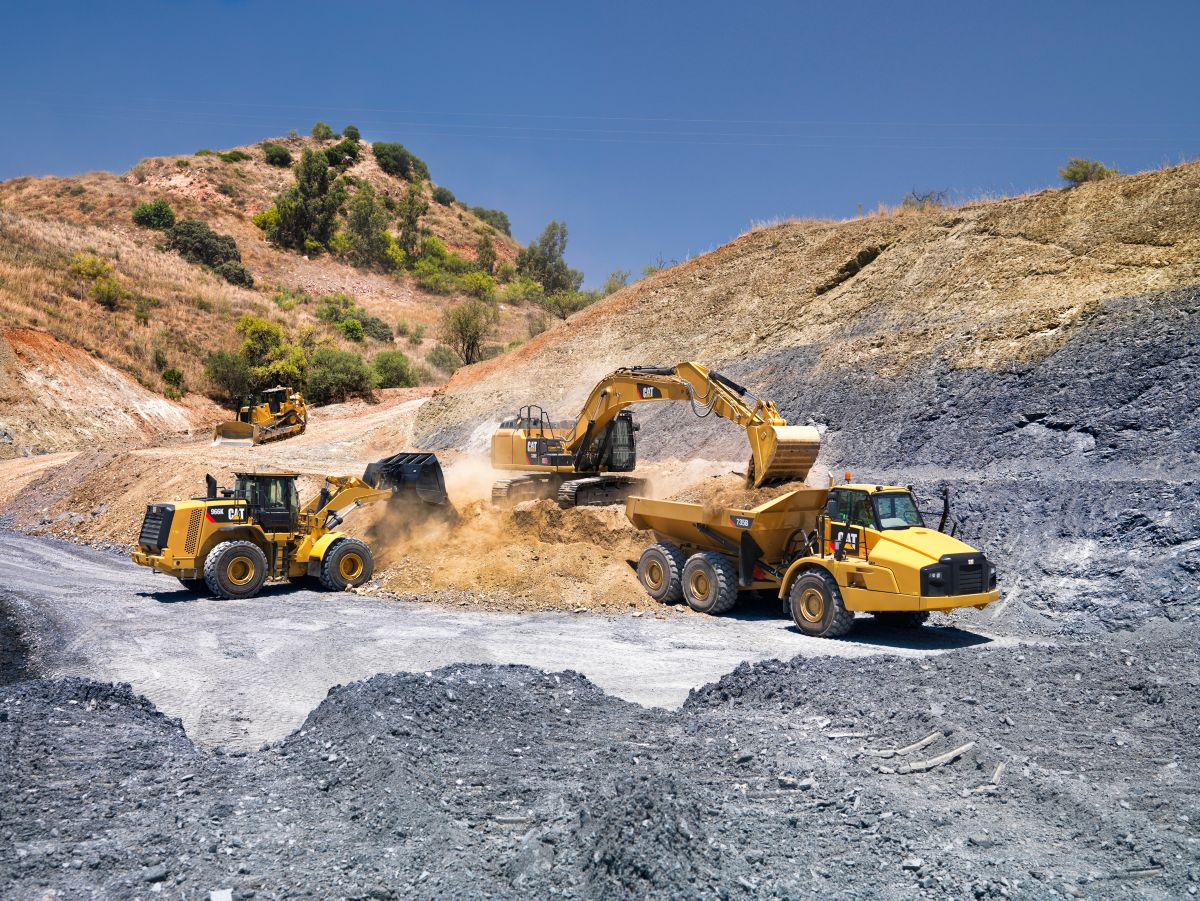Maximize Your Spending Plan by Comprehending the Costs Related To Building Equipment Services
Comprehending the full extent of costs connected with construction equipment rentals is critical for maximizing your budget plan. What approaches can be used to effectively manage these expenses and make sure an extra reliable rental experience?
Overview of Rental Prices
When considering building tools rentals, recognizing the associated expenses is paramount for effective budgeting and job planning. Rental expenses can differ substantially based upon a number of aspects, including devices kind, duration of leasing, and place. The preliminary rental cost frequently mirrors the tools's market demand and its associated operational abilities, affecting the total expense.
Along with the base rental price, secondary costs may develop, such as transport charges, gas surcharges, and maintenance fees. It is vital to make up these additional expenses to properly evaluate the overall expense of renting out tools. The rental period can impact prices; longer services may qualify for reduced rates, while short-term leasings may incur higher daily charges.

Breakdown of Rental Rates
A comprehensive understanding of rental prices is crucial for service providers and task supervisors aiming to optimize their budgets. Rental prices for building and construction tools normally contain several parts, consisting of base rates, time-based charges, and use charges.
Base rates are the core costs related to the leasing of the devices, typically determined by the kind and dimension of the machinery. These rates can vary substantially, influenced by factors such as devices demand, schedule, and regional market trends. Time-based fees, which may be daily, weekly, or monthly, offer to accommodate various job timelines and rental periods.
Furthermore, rental rates might include use fees, which are relevant when devices is utilized past a specified limit, guaranteeing that the rental firm can represent wear and tear. Seasonal demand fluctuations can likewise affect rental prices, with peak building and construction seasons usually regulating higher rates.
Furthermore, recognizing the rental company's plans concerning upkeep and insurance coverage can provide more insight into the overall price framework. By evaluating these components, specialists can make informed choices, guaranteeing the choice of rental tools aligns with both job needs and spending plan constraints.
Additional Fees to Consider
Comprehending the ins and outs of extra charges is critical for contractors to handle their general leasing costs successfully. Beyond the common rental prices, different auxiliary costs can dramatically influence the complete price of tools service. These charges commonly include shipment and pickup charges, which can differ based upon distance and logistics involved in transferring best concrete mixer machine the equipment to article source and from the work website.
Additionally, some rental business may enforce gas additional charges if the equipment is returned with less gas than when leased. It is likewise necessary to be aware of possible cleansing fees, particularly for specific tools that calls for comprehensive maintenance after use.

Completely reviewing the rental contract and clarifying these added charges upfront can assist professionals avoid unanticipated costs and make certain that spending plans stay undamaged throughout the job lifecycle.
Upkeep and Repair Work Expenses
Routine repair and maintenance expenses are often ignored elements that can dramatically influence the general price of building tools leasings. When renting out equipment, it is vital to consider not just the rental costs but likewise the possible costs connected with maintaining the equipment in optimal operating condition.
Several rental companies include fundamental upkeep as component of the rental agreement; nevertheless, more substantial fixings or unexpected malfunctions can lead to additional costs. It's vital to review the rental contract thoroughly to recognize what upkeep services are covered and what duties drop on the tenant.
In addition, tools that is not well-maintained can cause inadequacies at work website, possibly creating hold-ups and raising job expenses. To alleviate these dangers, it is a good idea to carry out routine assessments and preserve open communication with the rental company relating to any type of her response issues that occur during use.
Insurance and Responsibility Prices
Insurance coverage and obligation expenses are important parts that can dramatically impact the total expense of construction devices rentals (boom lift rental). These prices make certain that both the rental business and the client are safeguarded from prospective monetary losses developing from mishaps, damages, or burglary throughout the rental duration

Furthermore, customers ought to understand any deductibles or exemptions in the insurance policy, as these can influence potential out-of-pocket costs. Understanding the terms of any type of insurance protection is essential to avoid unforeseen costs. Ultimately, budgeting for insurance policy and liability expenditures can help guarantee a smoother rental experience and secure versus financial dangers related to building and construction projects.
Final Thought
In final thought, a comprehensive understanding of the prices linked with building and construction devices leasings is vital for effective budget management. Inevitably, notified decision-making concerning equipment rentals adds to the general success of construction undertakings.
Rental expenses can vary considerably based on several variables, consisting of devices type, period of leasing, and location (construction equipment rentals). The rental duration can affect pricing; longer rentals might certify for reduced rates, while temporary rentals may incur greater daily charges
By carrying out comprehensive study and involving with reliable rental firms, specialists can efficiently browse the complexities of rental prices, inevitably maximizing their economic resources.
Beyond the typical rental rates, numerous additional fees can considerably influence the total cost of tools rental. Rental business commonly provide obligation insurance that covers injuries to third events or damage to property, while equipment damages insurance policy can cover the expense of repair services or replacement if the leased equipment is damaged.